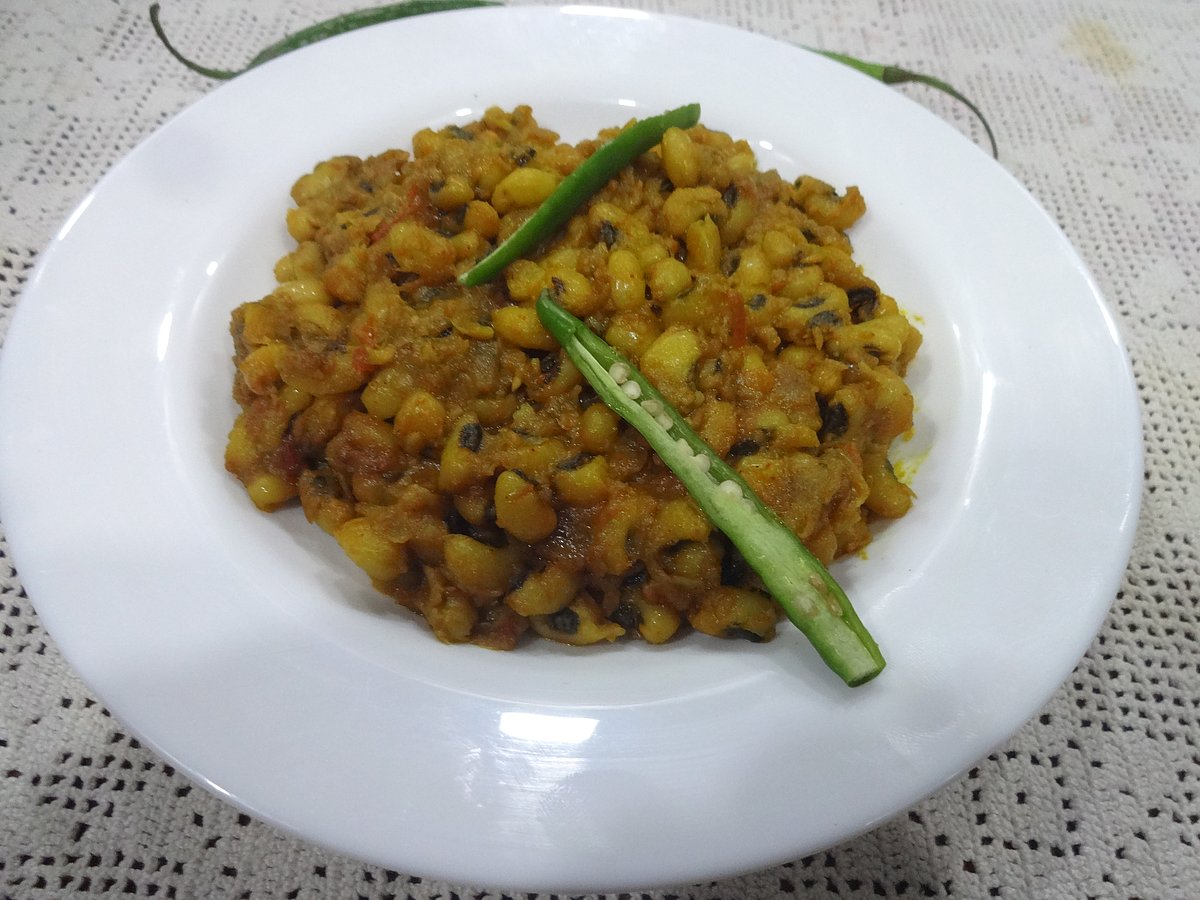February 10 is observed as World Pulses Day. Pulse or dal is a dynamic ingredient, especially for vegetarians as they depend on it for their quota of nutrients. Dals are the dried, edible seeds of legumes which come in a variety of shapes and sizes, and they grow in pods. Pulses are reaped exclusively as dry grains as against other crops like green peas and green beans, which are harvested while still green.
The four most common kinds of pulses are lentils, peas, beans and chickpeas. Holistic Healer Karishma Chawla mentions, “They are gluten-free, high in protein and fibre, aid weight reduction, regulate diabetes, are sustainable plants using less water than other food plants and have a low carbon footprint.”
Benefits of dals
Lentils are a powerhouse of iron, magnesium, zinc, potassium and B vitamins. Urad or black lentils top the list among the most nutritious variety. Beneficial for heart, liver and kidneys due to its antioxidant properties, it is good for bones and known to enhance energy levels. Moong dal is an excellent source of proteins and dietary fibre. Another dal with the same nutritious benefits along with carbohydrates and calcium, is Arhar/Tur dal or pigeon pea. Chana dal lowers cholesterol levels.
How to cook dals
They are included in gravies with vegetables or cooked in a soupy form with spices, herbs and tempering. It is essential to soak the lentils, preferably overnight, to keep away stomach problems. Use sufficient water while cooking. Avoid using salt in the process of cooking as it will make the texture of the pulse tough. Do not consume undercooked dal as it can lead to diarrhoea.
Sporadic pulses: Some of the dals with all their goodness are still waiting to be exploited to the optimum.
Chawli/Lobia: Is an excellent source of folate, contains minerals like iron, calcium and antioxidants that eliminate free radicals from harming the healthy cells in our body. It also improves digestion and boosts heart health. With a nutty, earthy and creamy flavour profile, it is used in gravies, subzis and soup.
Fava or broad beans: They need to be shelled to make them edible. In the North-eastern states, they are used to make soups, stews, salads, sauces. Creamy, nutty, with a hint of sweetness, they are a tad bitter. Bhopal-based Nutritionist Kanak Gupta says, “Ideal for diabetics as its complex carbohydrates and proteins produce a slow, balanced source of glucose.”

Kulith or horsegram: It is a high protein and high fibre lentil. Kulith usal, kanji, upma and soup are delicious. “It reduces blood glucose level, is good for the brain as it improves the thought process, the flavonoids protect the liver and gall bladder by purifying the blood. But those with hyperacidity should avoid this pulse,” informs gastroenterologist Dr. Pingle.
Green and yellow vatanas: Split peas are highly nutritious, with both yellow and green split peas providing a variety of micro and macronutrients. These are very high in protein, amino acids and minerals. Chaat, usal, missal, dry vatana masala are relish-worthy.

Black chana and kabuli chana: lowers diabetes, good for gut health, avoids the risk of heart disease. “Black chana increases muscle mass, enhances nail, skin and hair health. Both these chanas have to be soaked overnight and boiled before consumption,” reveals Dr. Bharti Magoo, Aesthetician and Dermatologist at Golden Touch clinic. They can be included in salad, are delicious as chole or chana masala with puris.
Recipes
Lobia Masala (Black-eyed beans)
Ingredients
1 cup lobia
2 Onions, finely chopped
2 Tomatoes, pureed
1 Green Chilli, slit
1/2 tbsp Ginger, made into paste
1/2 tbsp Garlic, made into paste
1 tsp Cumin seeds
1 inch Cinnamon Stick (Dalchini)
1 Bay leaves (tej patta)
3 Cloves (Laung)
1 tsp Red Chilli powder
1/2 tsp Turmeric powder
2 tsp Cumin powder
2 tsp Coriander Powder
1 tsp Garam masala powder
1 tbsp Kasuri Methi
1 tbsp Ghee
Salt to taste
Method: Wash and soak lobia for four to five hours. Pressure cook with enough water for two whistles and keep aside. Heat ghee in a wok on medium flame, add the cinnamon stick, cloves and bay leaves.

Add the cumin seeds. Add ginger garlic paste and cook until the raw smell goes away. Tip in onions and saute until it turns light brown. Add slit green chilli, tomato pureè and simmer for three minutes. Add red chilli, turmeric and cumin powders, mix well and let the mixture cook until the ghee leaves the sides. Introduce the cooked lobia along with the water in which it has been boiled and simmer for five minutes. Gently smash a few lobia for the gravy to thicken further. Slightly crush the kasuri methi between your palms and add it to the gravy along with garam masala and mix well. Serve the Lobia Masala along with phulkas or steamed rice.
(Recipe by Chef Shaeem Quraishi, Founder Quraishi Hospitality Services)
Multigrain Adai

Ingredients:
½ cup Urad dal
½ cup tur dal
½ cup chana dal
¼ cup black whole urad dal
½ rsp black pepper corns
½ tsp cumin
2 Red chillies
½ tsp Asafoetida powder
Salt to taste
Curry leaves for garnish
Method: Wash and soak all the dals separately, overnight. Grind them to a coarse paste along with red chillies. Transfer to a bowl and add pepper and cumin seeds. Tip in salt and stir well. Mix in the curry leaves and asafoetida powder. Heat a dosa tawa and drop a ladle of the batter and make like dosa. Turn sides till you get a crisp adai. Enjoy with a dollop of white butter and jaggery.
(Recipe by the writer)
Kulith Usal (Horsegram)
Ingredients:
½ cup Kulith
1 tsp Kashmiri chilli powder
½ tsp Haldi powder
2tsp Malwani masala
2 Onion
1-2 Tomatoes
1tsp Garlic paste
7-8 Garlic cloves
Cooking Oil
Salt to taste
Coriander for garnish
Ground paste:
½ cup Dessicated
Coconut
Half Onion chopped
7-8 Garlic cloves
½ tsp Fenugreek seeds
Method: Soak kulith overnight in water. Next day tie it in a cotton cloth and keep it aside to sprout. Pressure cook the sprouted kulith for two whistles.
For the Paste: Heat 2 tsp oil in a pan and sauté onion slices, garlic cloves and desiccated coconut until light brown. Add fenugreek seeds last and grind them to form a thick paste.

For the Curry: Heat 2 tbsp oil and tip in chopped onion, half tomatoes, garlic paste, chilli powder, haldi powder, Malwani masala, salt and the ground paste. Add pressure cooked kulith. Bring it to a boil in medium heat. Let it simmer for five minutes. Garnish with chopped coriander. Serve hot with steamed rice or bhakri.
(Recipe by HomechefLeelavathi Salian Gupte)



.webp)






